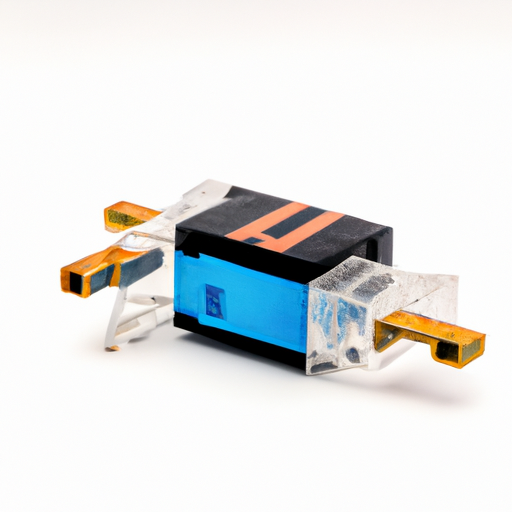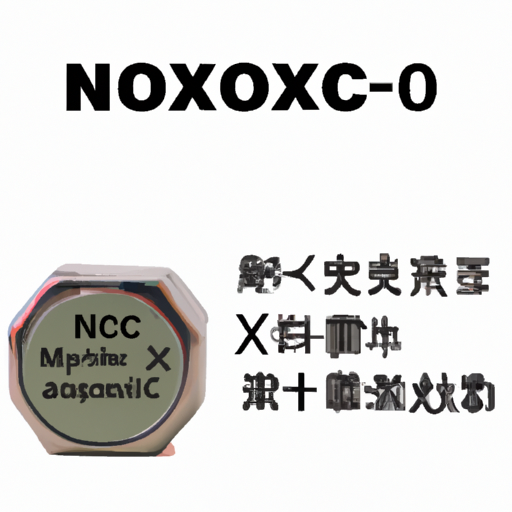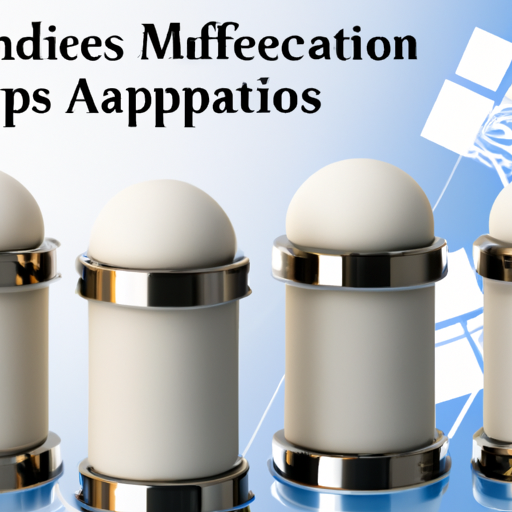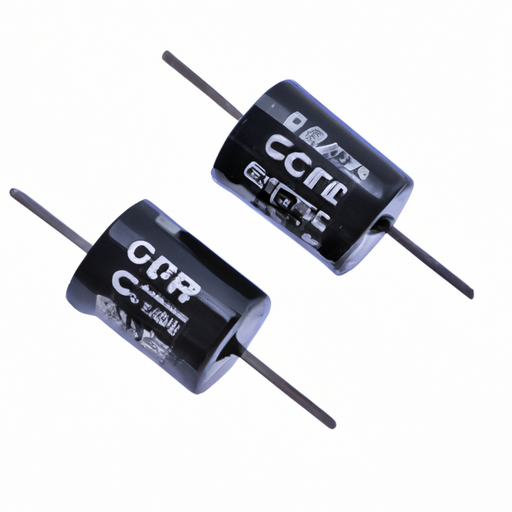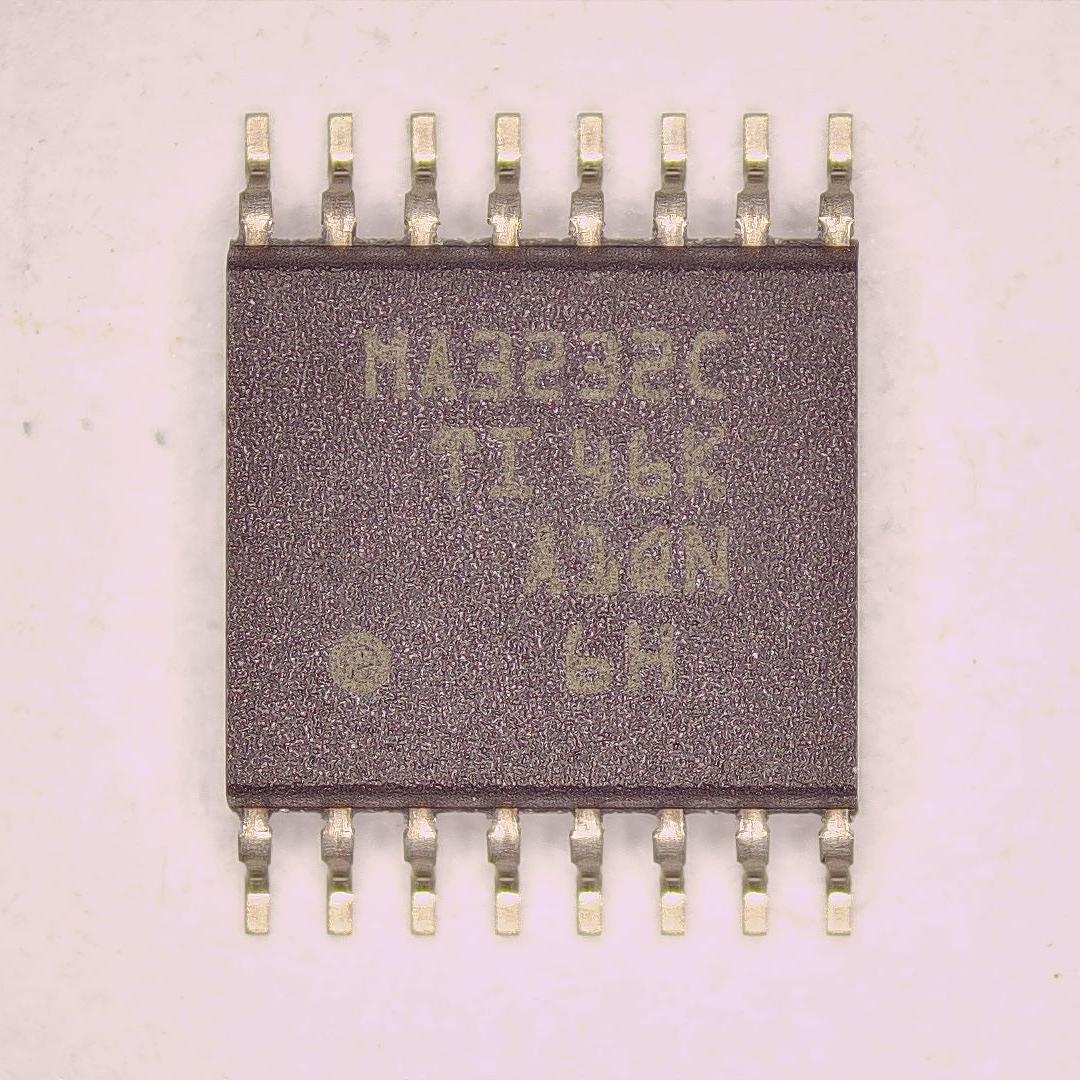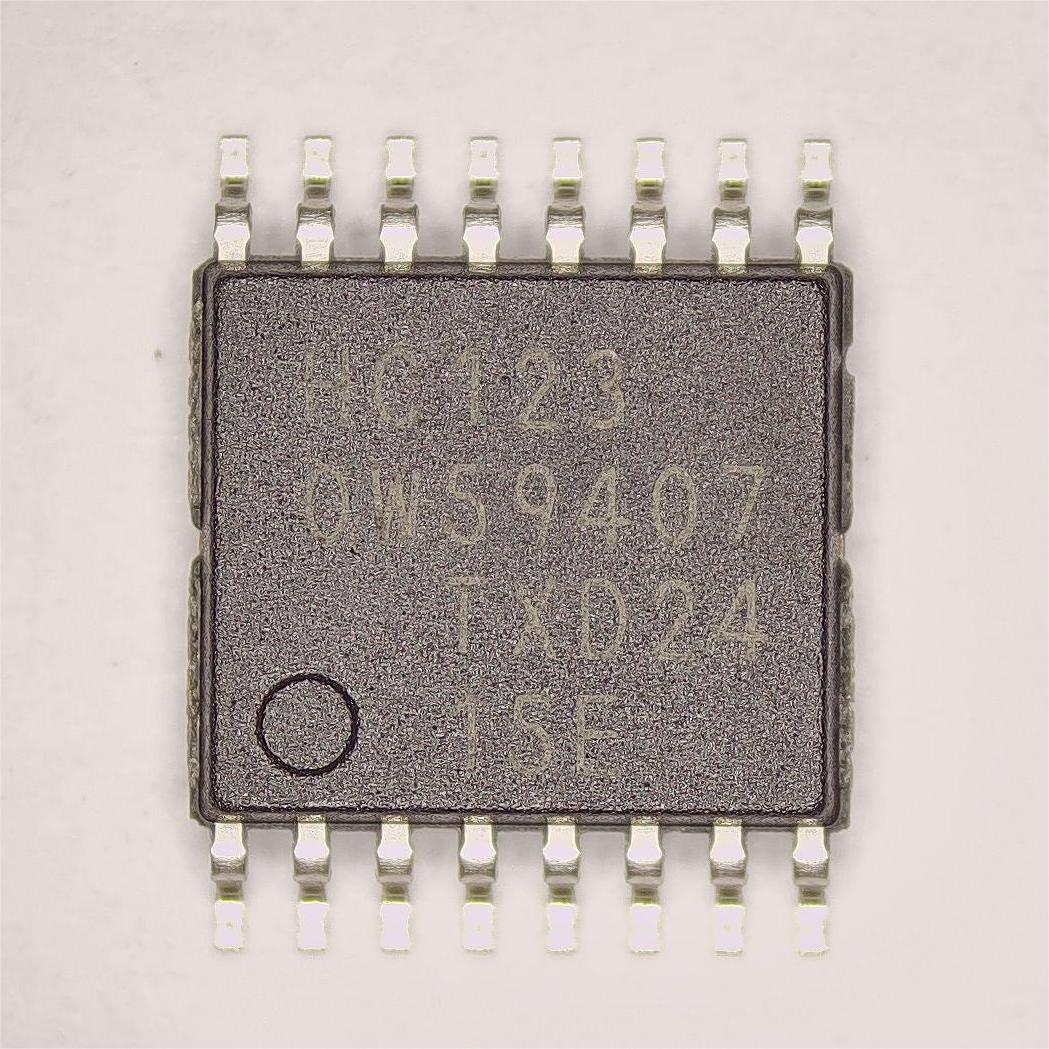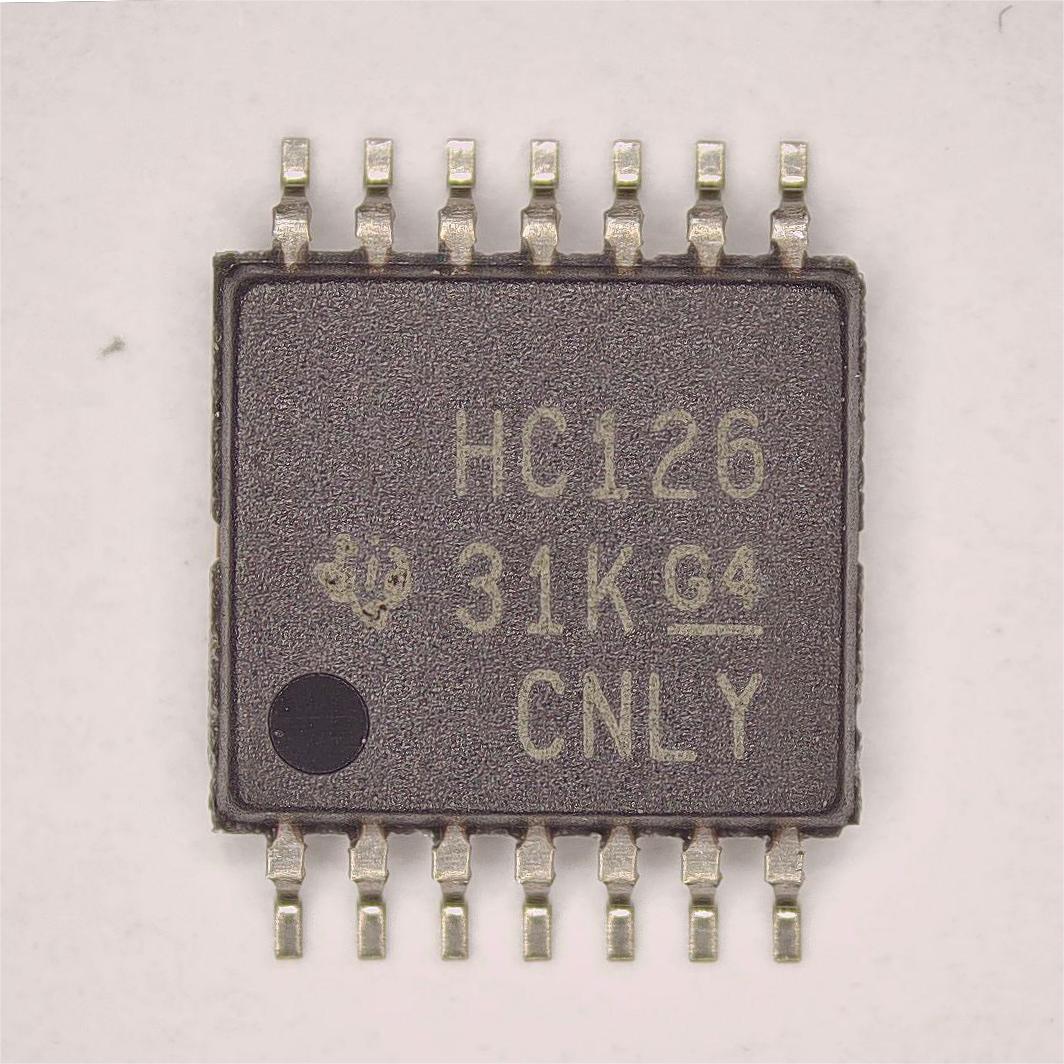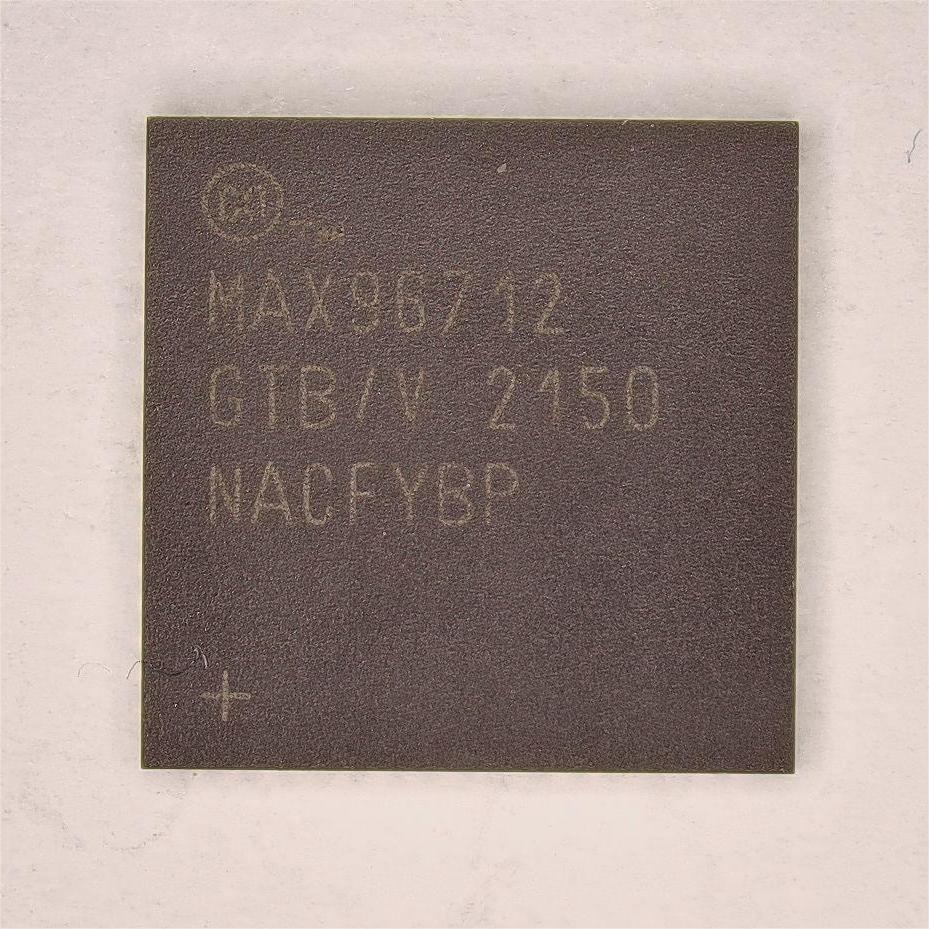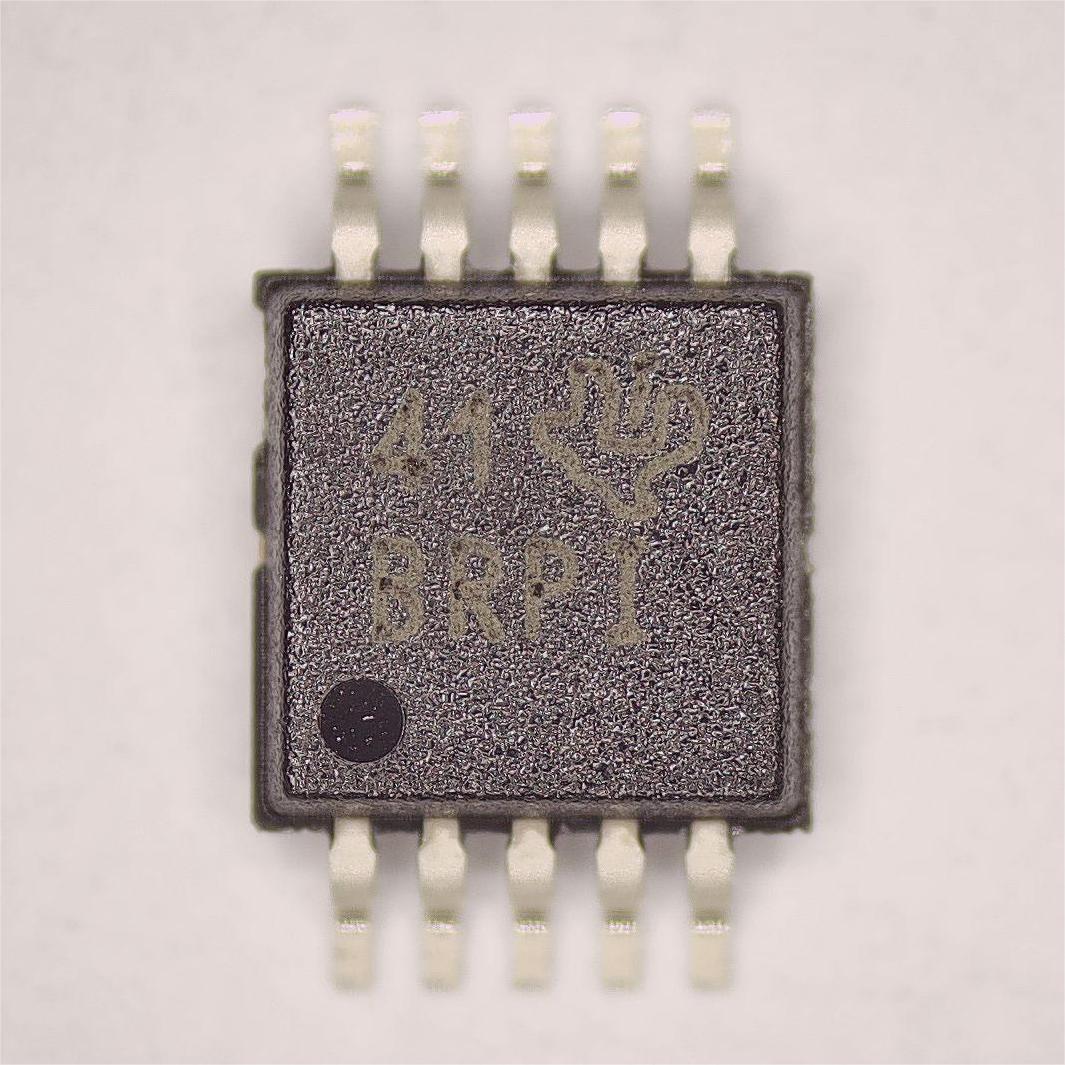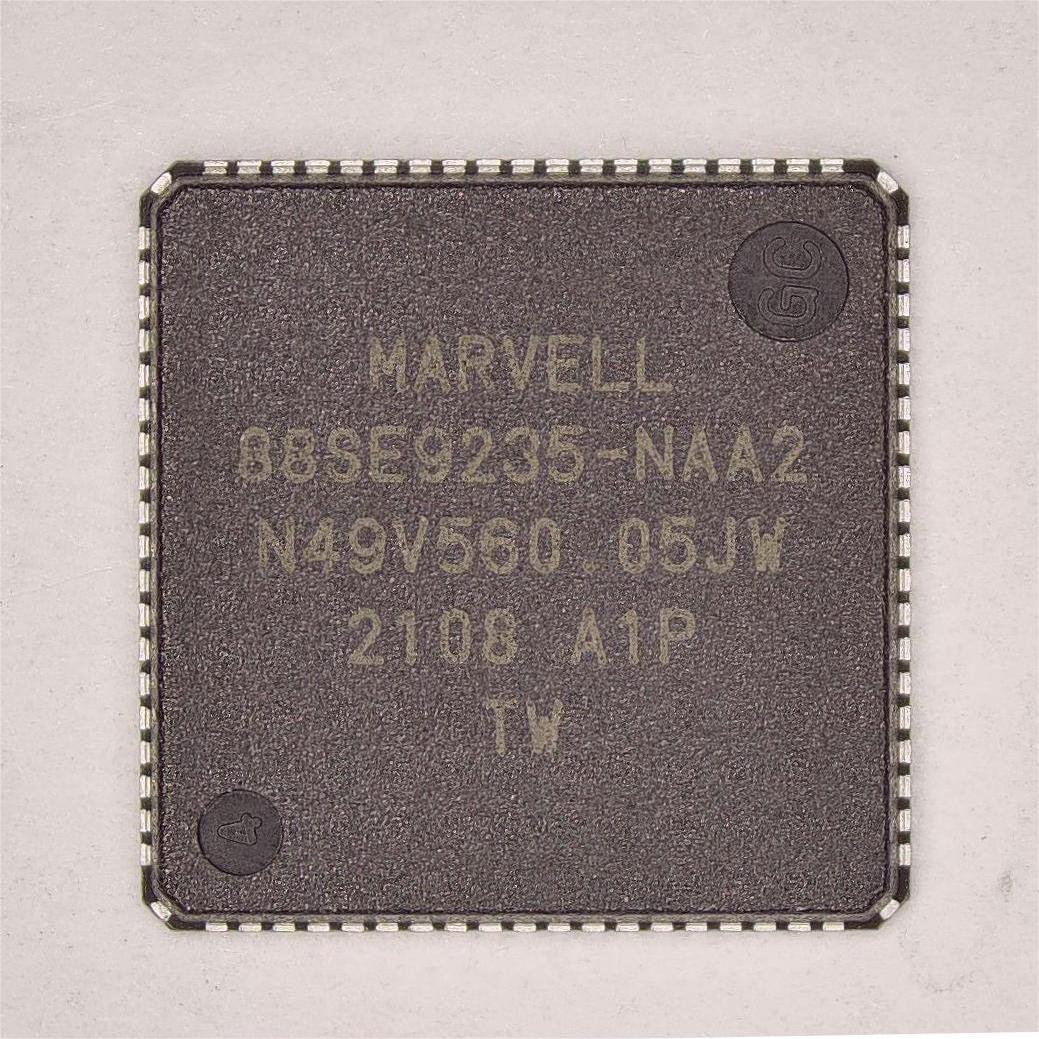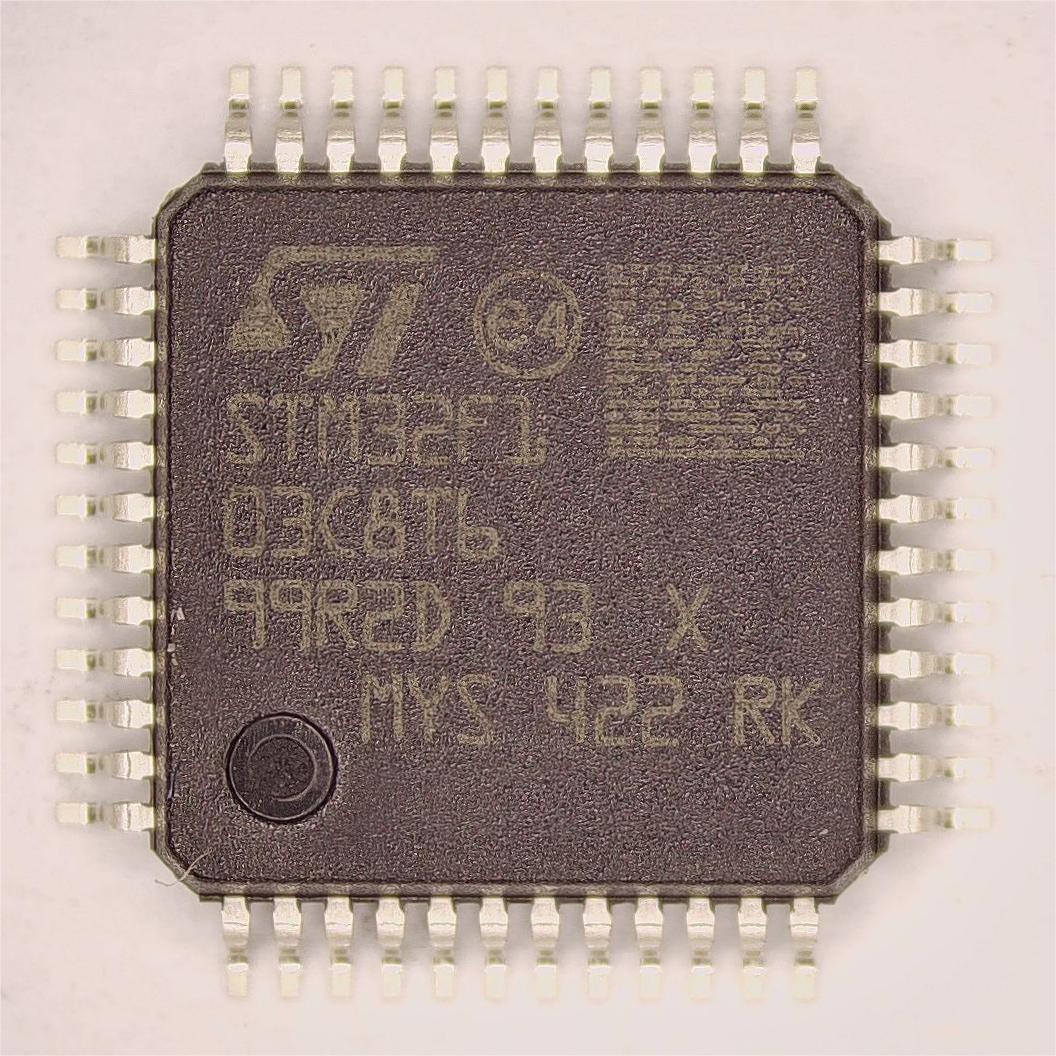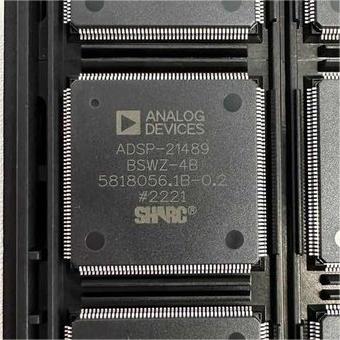CFR-25JB-52-1K1 Film Capacitors highlighting the core functional technology articles and application development cases of Film Capacitors that are effective.
System
Apr 28
3
Core Functional Technologies of Film Capacitors1. Dielectric Material: Film capacitors utilize thin plastic films as the dielectric material, which can be made from various polymers such as polyester (PET), polypropylene (PP), and polycarbonate (PC). The choice of dielectric affects the capacitor's performance, including capacitance stability, temperature coefficient, and voltage rating. For instance, polypropylene is often favored for its low dielectric losses and high insulation resistance.
2. Low ESR and ESL: Film capacitors typically exhibit low equivalent series resistance (ESR) and equivalent series inductance (ESL), making them suitable for high-frequency applications. This characteristic allows for efficient energy storage and minimal energy loss, which is critical in applications like RF amplifiers and switching power supplies. 3. High Voltage Ratings: Film capacitors can handle high voltage applications, making them ideal for power electronics, motor drives, and other high-voltage circuits. Their ability to withstand high voltages without failure is essential in applications such as industrial machinery and renewable energy systems.
4. Temperature Stability: Many film capacitors maintain stable capacitance over a wide temperature range, which is crucial for applications in harsh environments. This stability ensures consistent performance in automotive, aerospace, and industrial applications where temperature fluctuations are common.
5. Long Lifespan: Film capacitors are known for their long operational life and reliability, often exceeding that of electrolytic capacitors. This longevity is particularly beneficial in applications where maintenance is challenging, such as in remote installations or critical infrastructure.
6. Self-Healing Properties: Film capacitors have self-healing capabilities, meaning that if a dielectric breakdown occurs, the capacitor can often recover without permanent damage. This feature enhances reliability and reduces the risk of catastrophic failure in sensitive electronic circuits.
Application Development Cases1. Power Electronics: In power supply circuits, film capacitors are used for filtering and energy storage. Their low ESR and ESL characteristics make them ideal for smoothing out voltage fluctuations and providing stable power to sensitive components. For example, in switch-mode power supplies (SMPS), film capacitors help maintain output voltage stability during load transients.
2. Audio Equipment: High-fidelity audio applications benefit from film capacitors due to their low distortion and high-frequency response. They are often used in crossover networks and signal coupling applications to maintain audio quality. Audiophiles often prefer film capacitors in high-end audio equipment for their superior sound reproduction.
3. Motor Drives: In variable frequency drives (VFDs), film capacitors are employed for DC link applications. Their ability to handle high ripple currents and voltages makes them suitable for smoothing the output of rectifiers and inverters. This application is critical in industrial automation and electric vehicle propulsion systems.
4. Renewable Energy Systems: Film capacitors are increasingly used in solar inverters and wind turbine applications. Their reliability and performance under varying environmental conditions make them a preferred choice for energy conversion systems. For instance, in solar inverters, film capacitors help manage the power conversion process efficiently, ensuring maximum energy harvest.
5. Telecommunications: In communication systems, film capacitors are used for decoupling and filtering applications. Their high-frequency performance ensures signal integrity and reduces noise in data transmission. This is particularly important in high-speed data communication systems where signal integrity is paramount.
6. Automotive Applications: With the rise of electric vehicles (EVs) and advanced driver-assistance systems (ADAS), film capacitors are used in power management systems, battery management systems, and signal processing circuits due to their robustness and reliability. Their ability to operate under extreme conditions makes them suitable for automotive applications where safety and performance are critical.
ConclusionThe CFR-25JB-52-1K1 film capacitor exemplifies the advanced technology and versatility of film capacitors in modern electronic applications. Their unique properties, such as low ESR, high voltage ratings, and self-healing capabilities, make them suitable for a wide range of applications, from power electronics to telecommunications and automotive systems. As technology continues to evolve, the demand for reliable and efficient capacitors like the CFR-25JB-52-1K1 will only increase, driving further innovation in the field. The ongoing development of new dielectric materials and manufacturing techniques will likely enhance the performance and applicability of film capacitors, solidifying their role in future electronic designs.
Read more

